In 1971, only two years after the first moon landing, Paterson Ewen (1925–2002) painted Solar Eclipse. It is one of the first explicitly celestial pieces he produced and one of many uncommon celestial objects he chose to depict; others include the constellation of Pegasus (though only the four stars that form the quadrangle part of the constellation), Comet Morehouse, galactic cannibalism, and solar eruptions. Vincent van Gogh (1853–1890), one of Ewen’s favourite artists, likely inspired his use of astronomical subjects. Van Gogh painted many night skies, including his most famous, The Starry Night, 1889.

Acrylic on gouged plywood, 121.9 x 243.8 cm, Vancouver Art Gallery
Solar Eclipse is Ewen’s first gouged plywood work. As the story goes, he took a four-by-eight-foot sheet of plywood and started carving circles into it using hand tools with the intention of producing a large woodcut print. As he inked the wood, however, he realized that he did not have to do anything further: Ewen had created a new hybrid medium combining relief sculpture, painting, and printmaking, with which he is now uniquely identified.
This Spotlight is excerpted from Paterson Ewen: Life & Work by John G. Hatch.
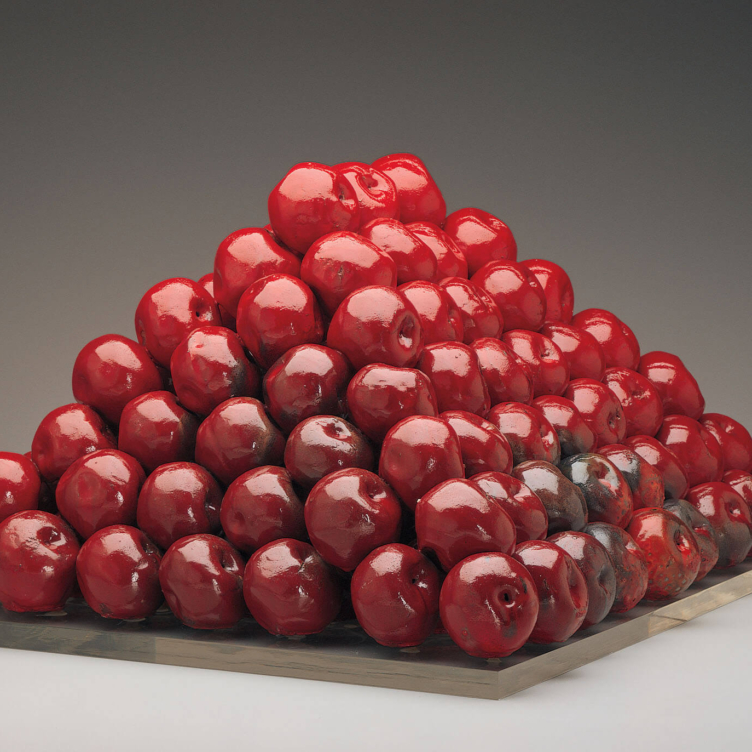 Pyramid Scheme
Pyramid Scheme
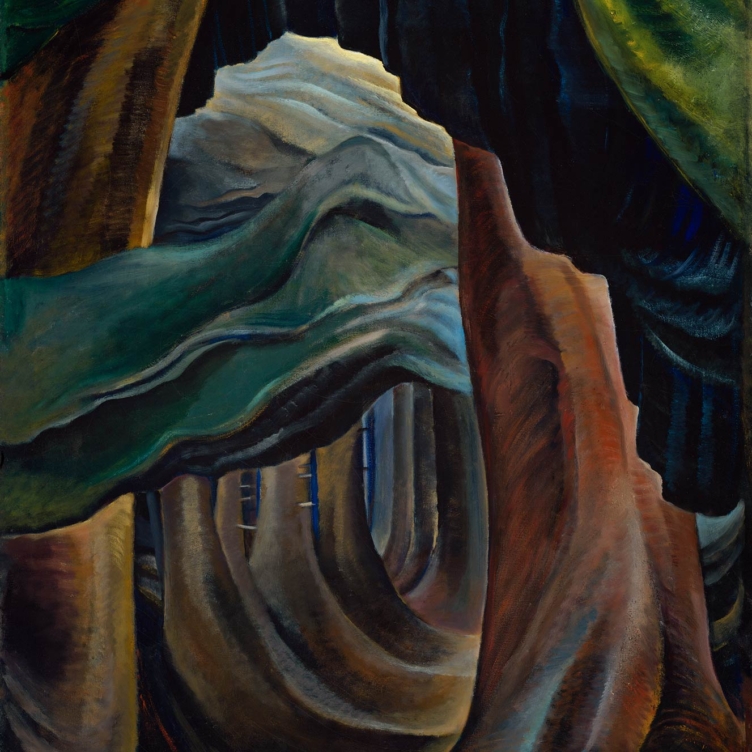 Transportive Trunks
Transportive Trunks
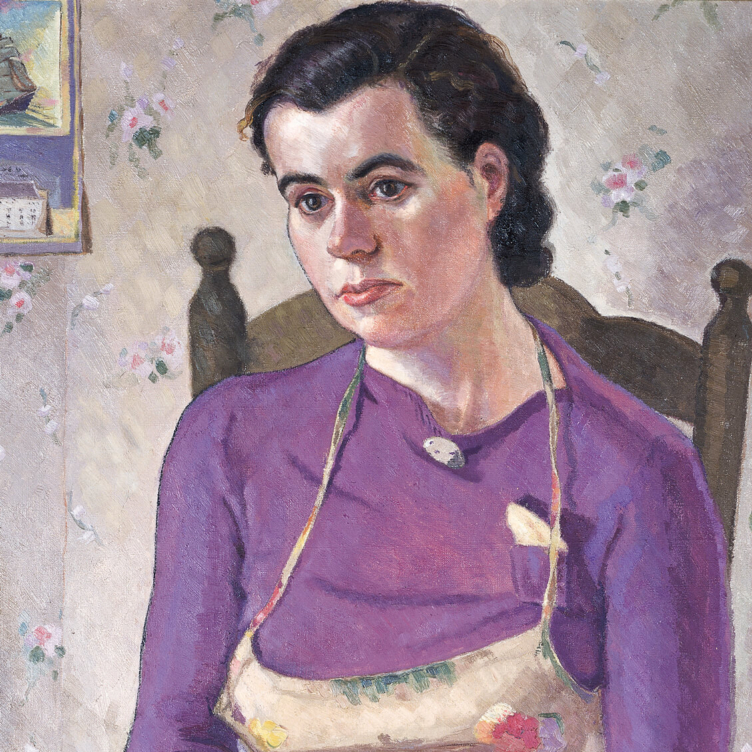 The Military Mate
The Military Mate
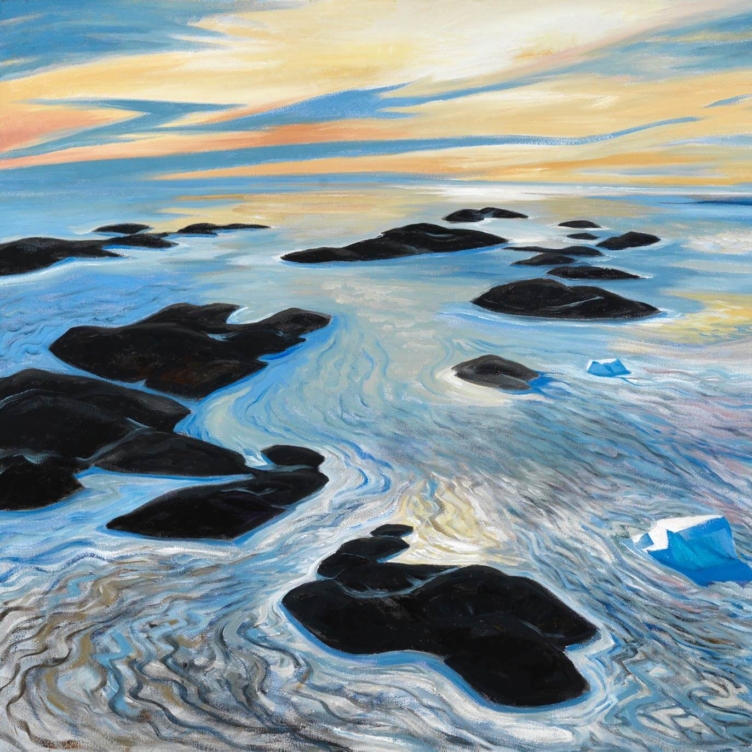 Looking Up on the World
Looking Up on the World
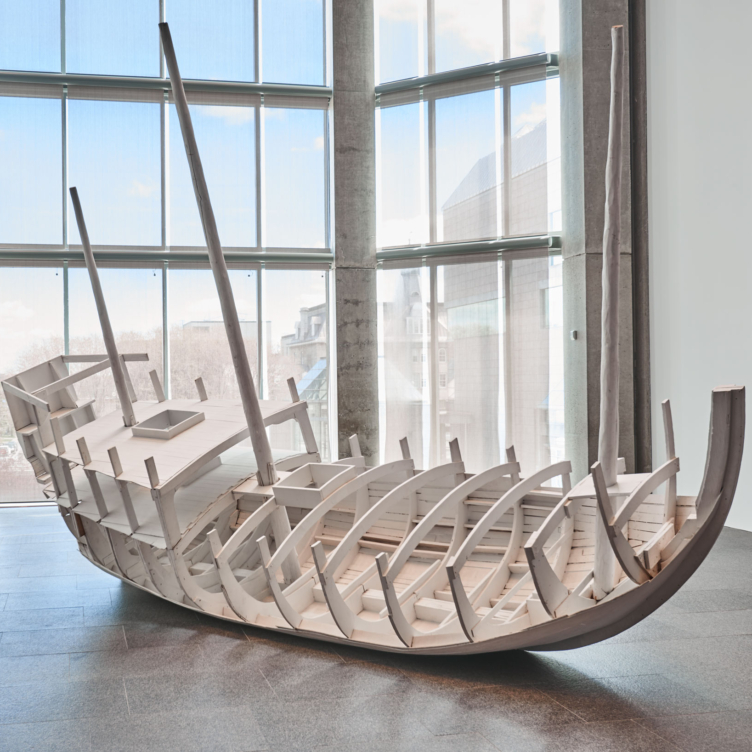 Vessel of Despair
Vessel of Despair
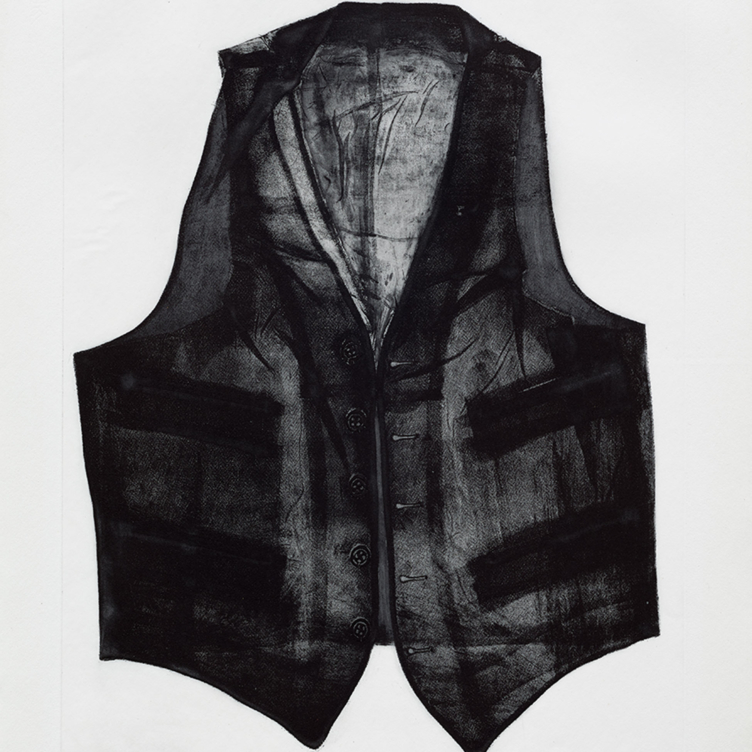 Layers of Meaning
Layers of Meaning
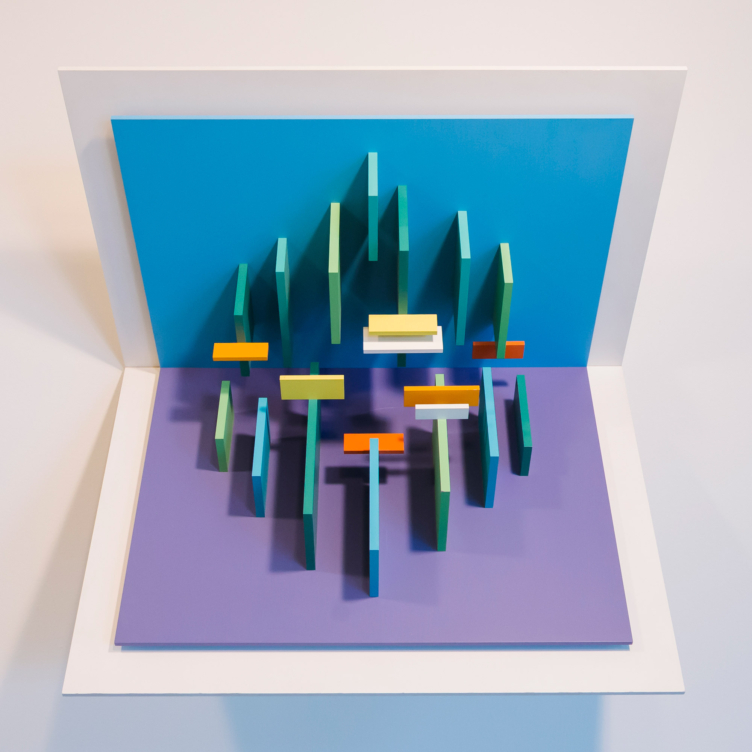 In Parallel to Nature
In Parallel to Nature
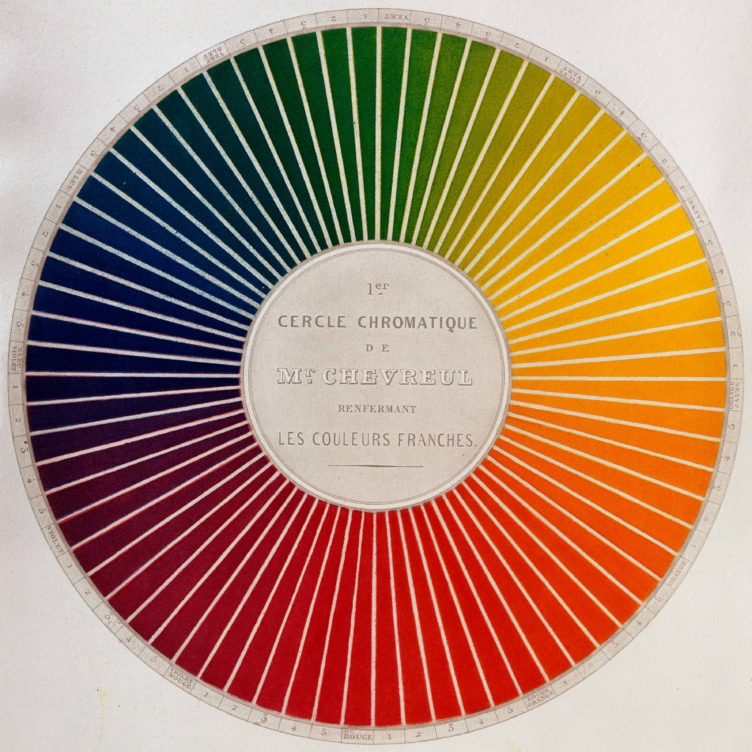 Wheel of Fortune
Wheel of Fortune
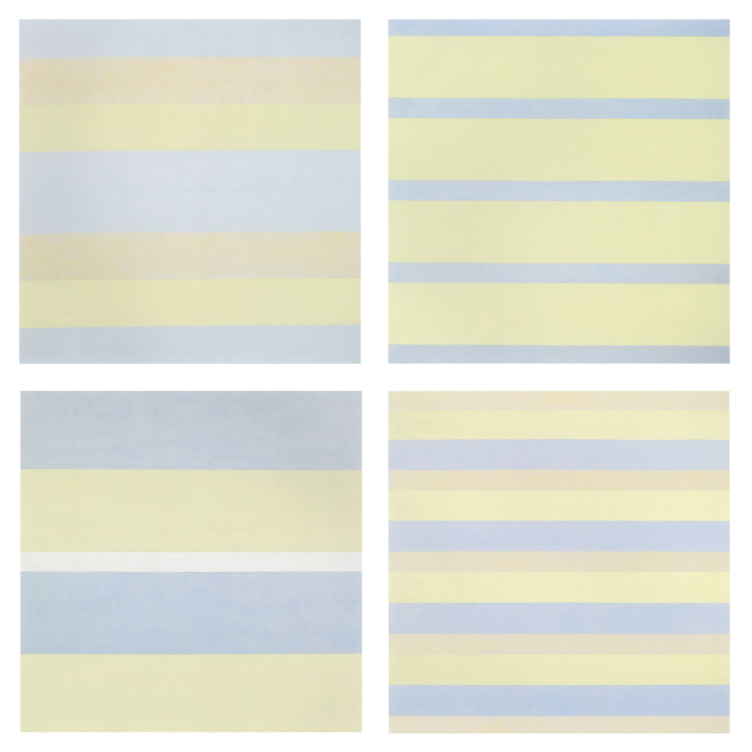 Paintings after emotional states
Paintings after emotional states
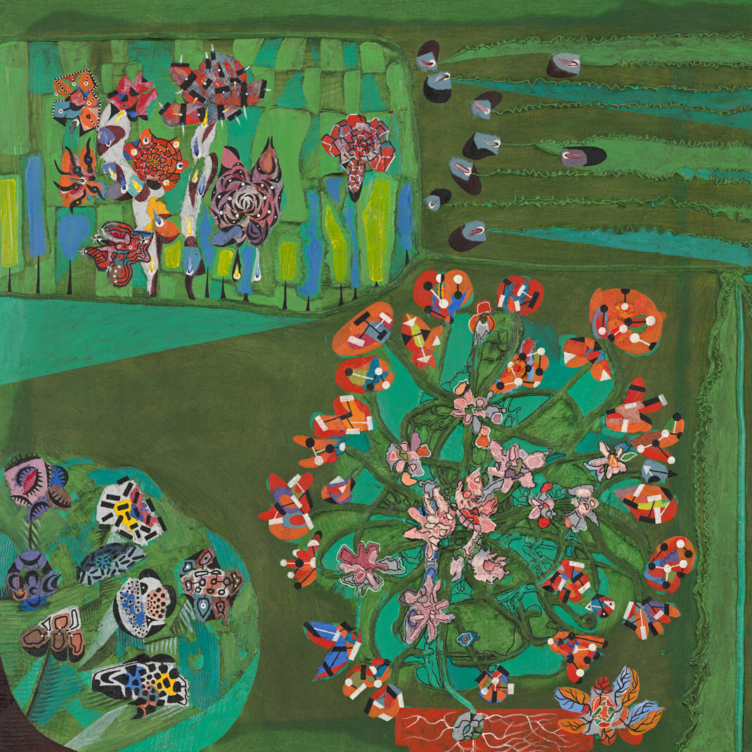 Garden of Delight
Garden of Delight
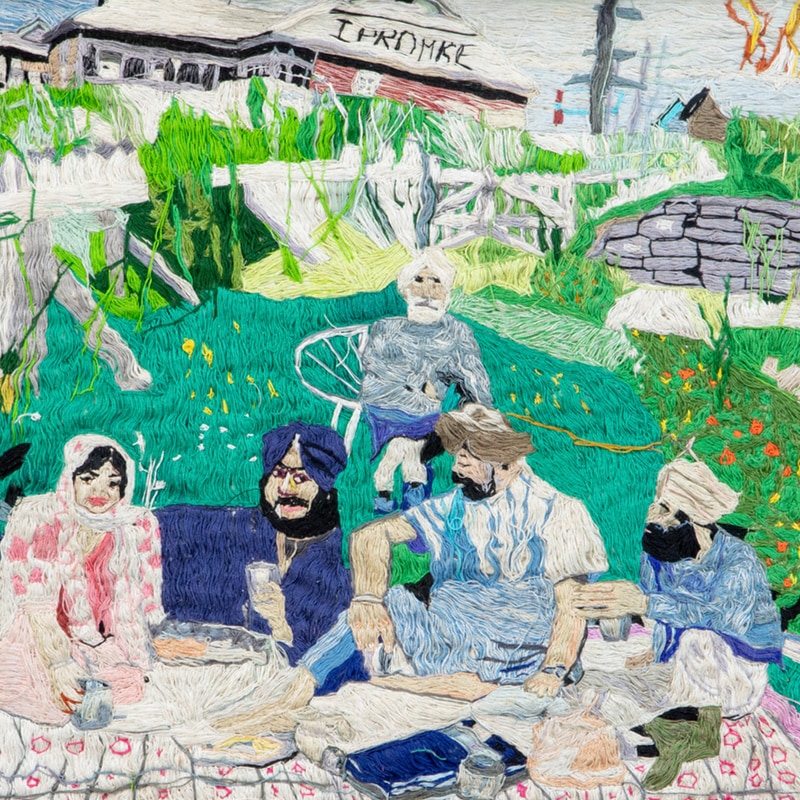 Stitching the Archives
Stitching the Archives
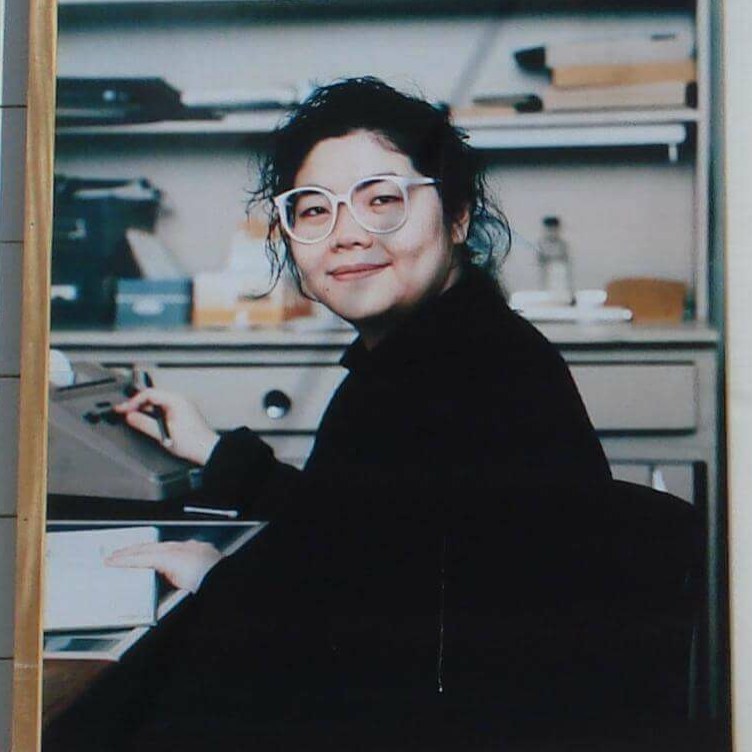 A Working-Class Hero
A Working-Class Hero
 Imagining Entangled Futures
Imagining Entangled Futures
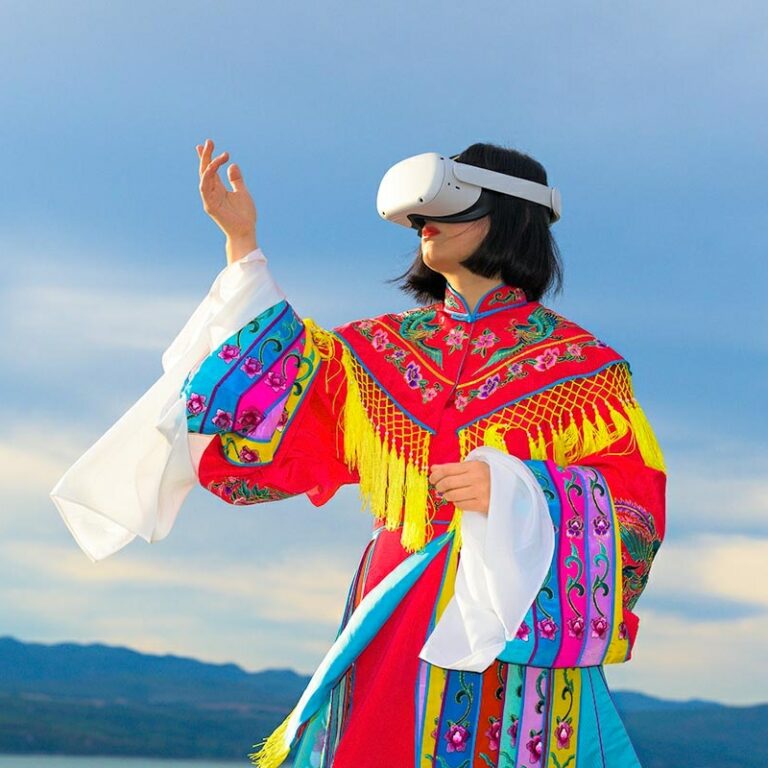 Bridging Far and Near
Bridging Far and Near
 Soft Power
Soft Power
 Imagining Emancipation
Imagining Emancipation
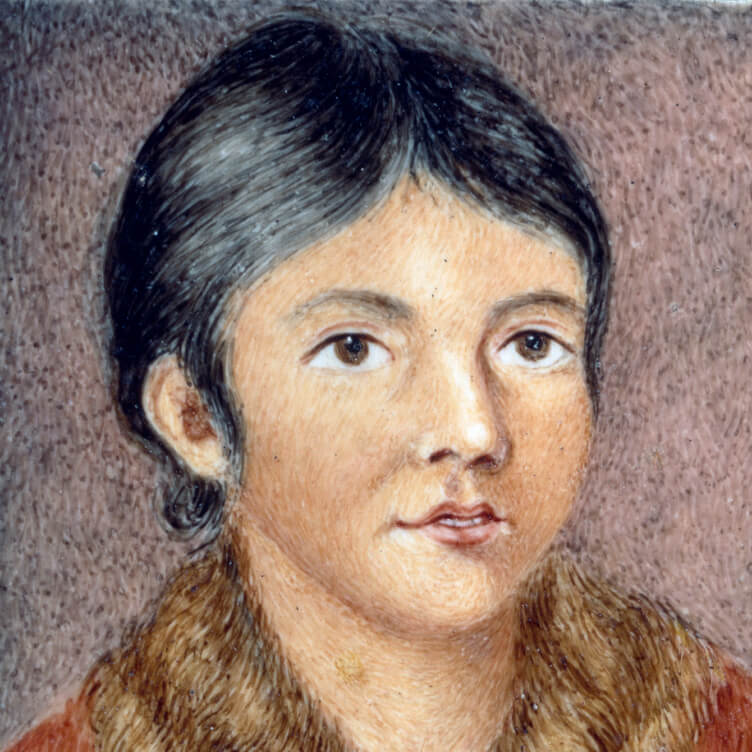 A Priceless Portrait
A Priceless Portrait
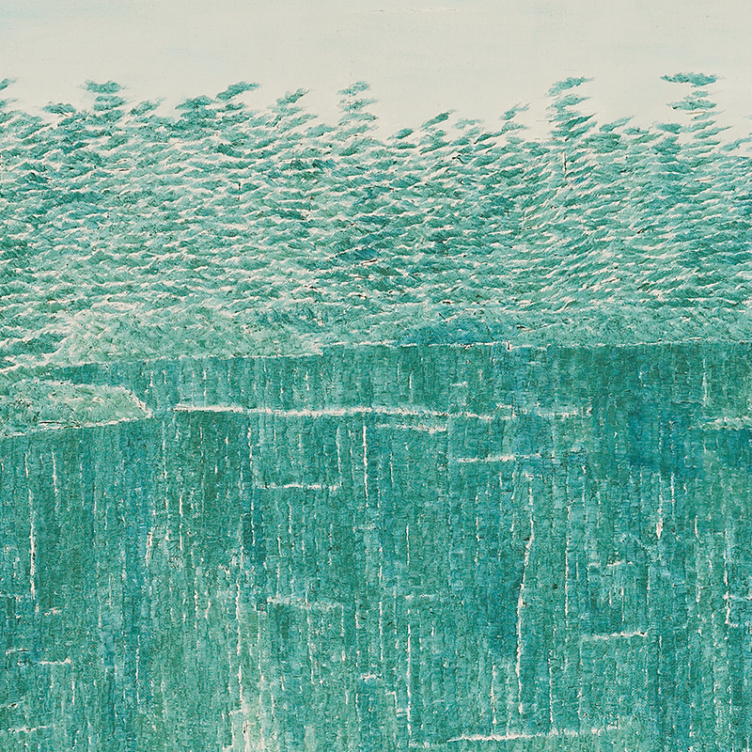 Meditation in Monochrome
Meditation in Monochrome
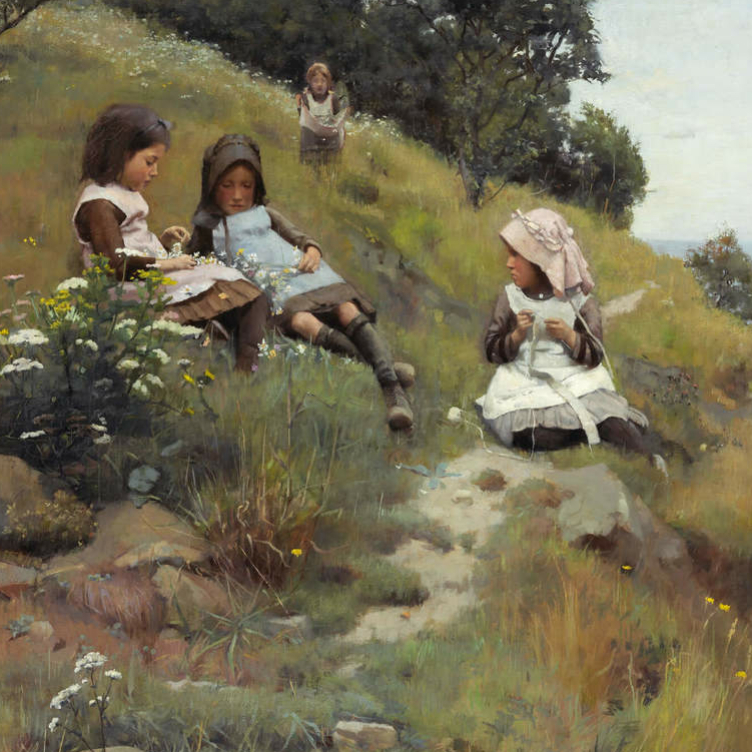 Making His Mark
Making His Mark
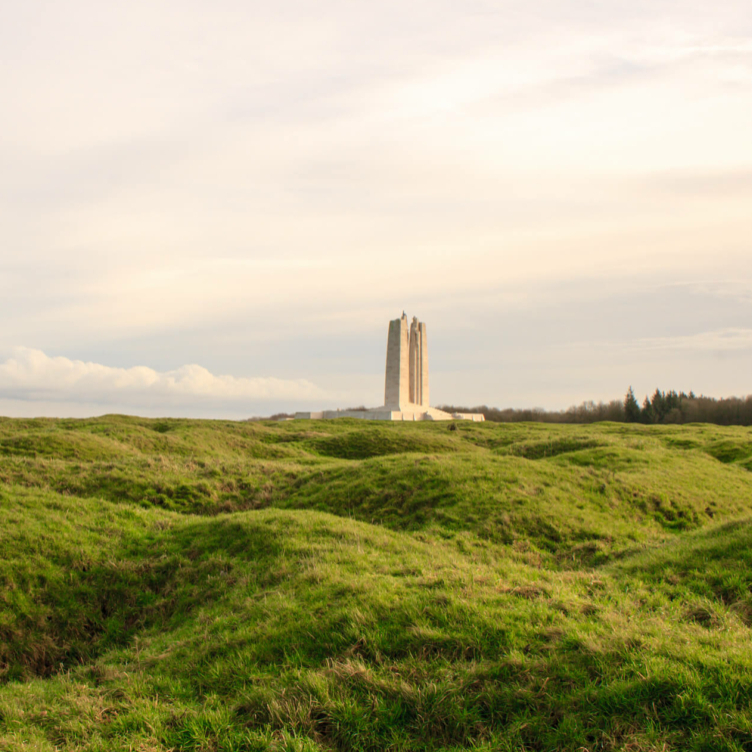 Honour and Sacrifice
Honour and Sacrifice